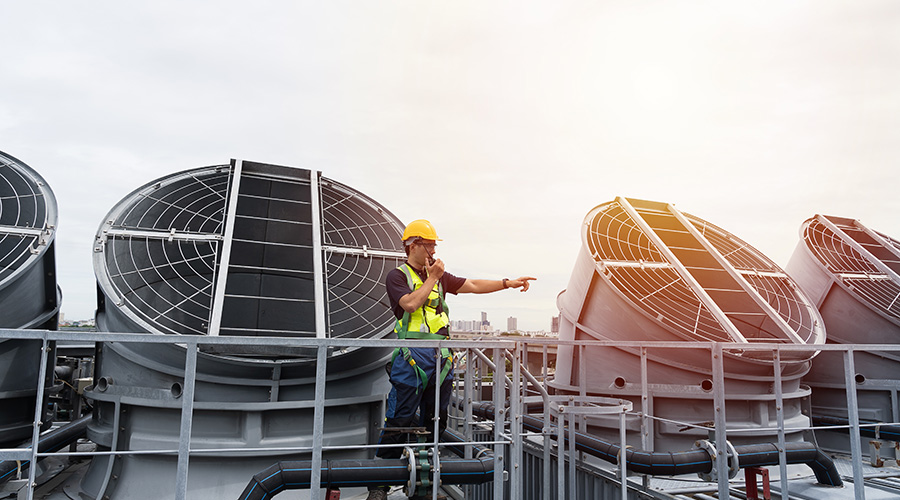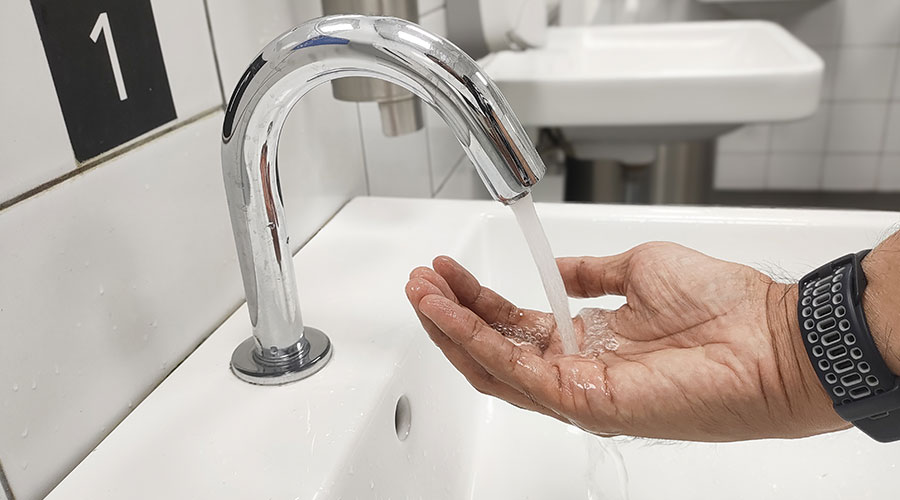Water Audit: Identify Water Waste
A comparison with a baseline across a set period will help managers identify the source and timing of potential water waste, as well as opportunities for improvement. For example, continued use of irrigation water during wet weather is a common source of waste for many organizations.
Leaking fixtures also represent a common source of waste. A seemingly slow leak adds up over time, and if the leak occurs in a hot-water fixture, it also wastes energy. Also, leaks in an irrigation system's in-ground piping can go undetected for extended periods.
Over-irrigation is another common sources of water waste. Traditional sprinkler systems operate on timers, regardless of the weather. In desert climates, system operators usually set these timers to operate at night to minimize evaporation and maximize infiltration. To increase water savings, managers can specify products that determine watering cycles based on the landscape's needs.
Other common sources of waste include malfunctioning HVAC systems, such as poorly operating cooling towers. An auditor can identify waste in this case by investigating the actual use based on water bills.
Related Topics:














